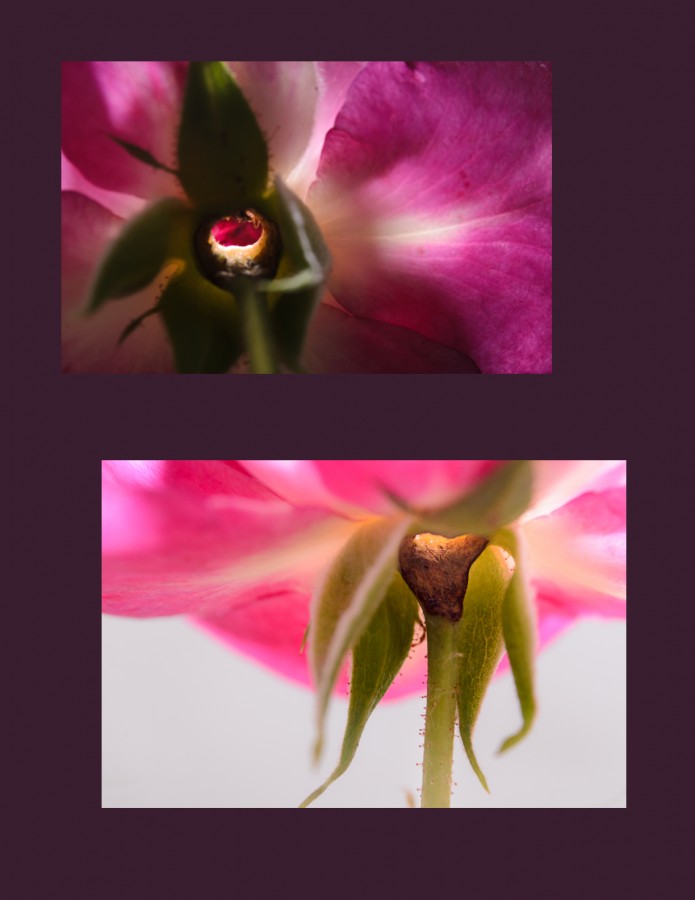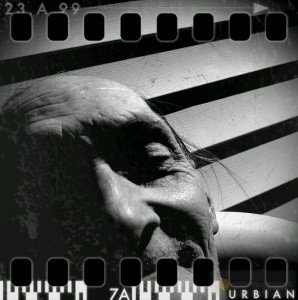Everyone now has a quite amazing camera of some kind with them at all times. That cellphone camera in your pocket is Smart! (in more ways than one). We use them to remember, and we use them to show what we’ve seen. Making an image that shows how we felt in a profound or fun moment depends on how we use the light.
This coming Saturday, November 30, I will lead a workshop designed to accomplish a couple of things:
A) Tapping into what you do know.
People make intelligent use of light often, already, but when it comes to making a photo, new camera users seem to have stored that ability in every mental “compartment” but photography.
B) “Love the Light You’re With”
Compounding that, there’s the notion that to lift a photograph above mediocrity requires “professional”,
photography-only lighting gear. Most of my best photos of my cats, over the years, have been made with window light.
How does this workshop help you use lighting better?
(So glad you asked)
When you know what light does, and can see how it plays in the world around you, it’s MUCH easier to create the look you want with the lighting gear you have at hand, and to know what kind of gear you may want for transforming existing scenes with the light you envision.

- Using studio lighting, I was able to create a softer kind of light, to help make the food look appetizing. How might different lighting have made it look more rustic? or romantic? or maybe even disgusting?

- Here, I used light for two different looks.On top, i wanted to highlight the catepillar-eaten seed pod, more than anything else.On bottom, I like the airy, floaty feel of blowing out the background, by overlighting the backdrop.
Becoming intimately familiar with light, the ideas occur to me more readily, than they did when I was trying to “reason” my way to good lighting (i.e. without using my eyes and feelings).
My personal conclusion is that learning to see light and it’s character, qualities, possibilities put the “cart” of making the image appropriately behind the “steed” of inspiration and direct seeing.
As Always, Play On.
If you’d like to take Your relationship with Light to the next level, contact me, or go to my Google+ Event.
The day will begin at the Longview Center (also the home of Unity Church of the Triangle), in downtown Raleigh, NC. We will get grounded, together, on why we’re each drawn to use lighting better, and will include an experiential awareness process to remember what we know about light, to date.
Next, with a very specific assignment in mind, we’ll go out on a photowalk, and begin to blow open our seeing.
After a lunch pause, we’ll return to the classroom, for reviewing our images together. This is when much of the real growing begins.
Before adjourning, a one-on-one review will be scheduled for about a week later, to see how we’ve integrated our new relationship with our pictures has played, and take a moment to consider what’s next.
The course fee is $87. Seats are limited, but you can secure yours by pre-paying via Paypal.com, using my email address: whynotbe@cheerful.com

